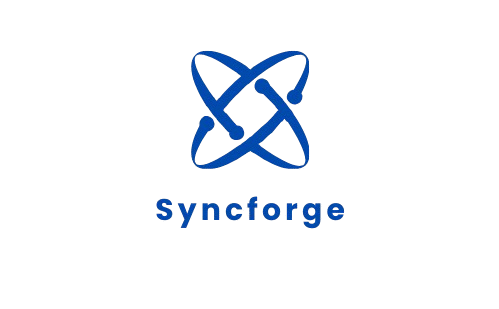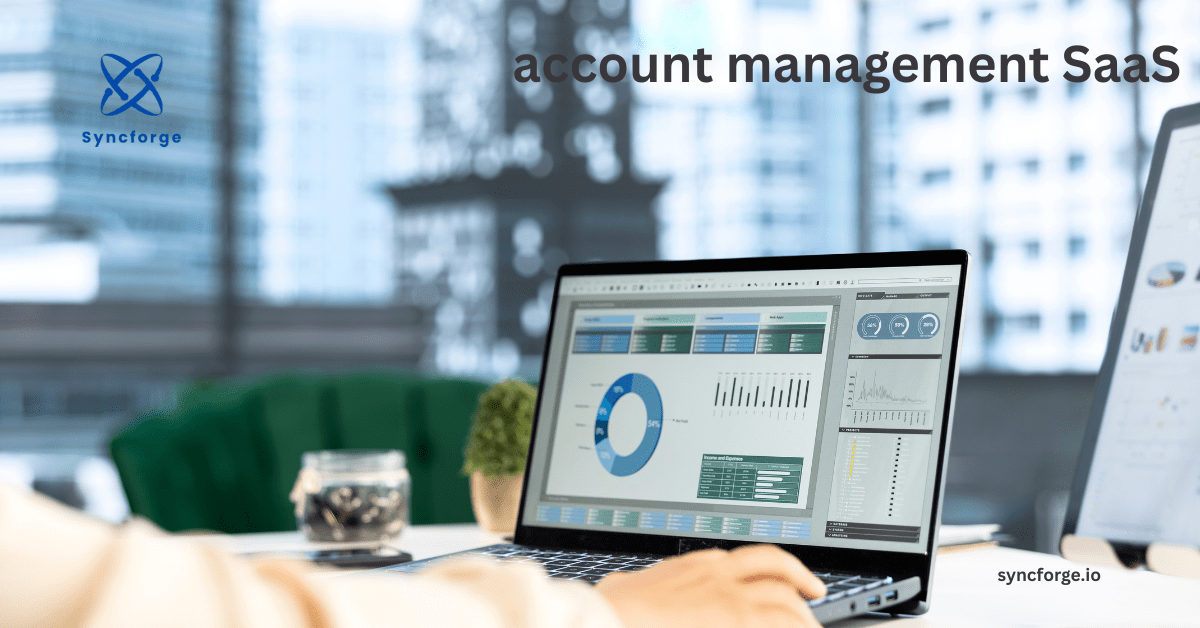SaaS Marketing Software Unlock Your Growth Potential: Develop More Intelligently, Grow Quickly

Introduction: Why SaaS Marketing Needs a New Playbook in 2025
The SaaS industry has exploded In 2025, launching a SaaS product isn’t the challenge—scaling it is.
The market in which you compete is crowded. Features are no longer sufficient, Accurate multi-channel marketing, audience targeting, and brand positioning are essential. SaaS marketing software becomes your hidden weapon in this situation.
This book will show you how to choose and apply the finest SaaS marketing tools to succeed in 2025, regardless of whether you’re a marketing agency scaling client campaigns. To succeed in 2025, follow this guide’s recommendations for the top SaaS marketing tools.
What is SaaS marketing software?
Software-as-a-service (SaaS) companies utilize a class of tools called SaaS marketing software to plan, carry out, track, and improve their marketing. Frequently, these resources include:
- Lead generation and conversions
- Automating the customer journey
- Email campaigns and CRM
- SEO and content marketing
- Social media and sponsored ads
- Performance optimization and analytics
Consider it your stack for digital growth.
Why traditional marketing tools are no longer effective
Businesses need tools. The majority of generic marketing tools were not designed with recurring revenue cycles or the subscription model in mind. SaaS buat comprehends:
- Churn rate management
- Onboarding flows & product education.
- Usage-driven upselling
- Funnel optimization over time
That’s why dedicated SaaS marketing software platforms outperform traditional CRMs, email tools, and basic analytics platforms.
The Main Advantages of SaaS Marketing Software
Automate the generation of Leads
- To convert traffic into MQLs, use chatbots driven by AI, behavioral triggers, and intelligent forms.
Campaigns Driven by Data
- SaaS solutions provide real-time analysis on user activity, activation, and cohort retention.
Personalized Client Experiences
- Customize onboarding, in-app interactions, and messages by using user groups and lifecycle stages.
Marketing-Sales Alignment
- Reduce transaction cycles and increase conversion rates by integrating with your sales CRM.
Scalable Without Hiring
- With the correct tools, you can automate campaigns and workflows and save thousands on hiring.
Essential Categories of SaaS Marketing Software
The following categories are essential types of marketing tools for any SaaS company’s toolkit:
1. Relationship management with customers (CRM)
Examples: HubSpot, ActiveCampaign, and Close
Why it’s important
- monitors leads through every channel.
- Assesses potential customers based on their behavior.
- Permits email and pipeline automation.
2. Email Marketing & Automation:
Examples: Moosend, Customer.io, and Mailchimp
Why it’s important
- Send behavior-driven onboarding sequences.
- Topic lines, CTAs, and A/B test time
- Determine the open, click, and conversion rates.
3. Content marketing platforms:
Examples: Clearscope, Surfer SEO, and Frase
Why are they important
- Optimize your blog entries for search engines.
- Look for LSI keywords and semantic search gaps.
- Boost your position in competitive SaaS markets.
(CRO) Conversion Rate Optimization
Examples: Hotjar, VWO, ConvertFlow
Why are they important
- Heatmaps and recordings of sessions
- Reducing drop-off rates through funnel analytics
- Test landing pages for A/B
5. Social Media & Paid Ads Management
Examples: AdEspresso, Buffer, Sprout Social
Why are they important?
- Arrange your material for every platform.
- Monitor campaign participation and return on investment.
- Manage audience targeting and ad creatives..
6. Product Marketing & Onboarding Tools
Examples: Intercom, Appcues, Userpilot
Why are they important?
- Messages and instructions inside the application
- Point users in the direction of the activation locations.
- Use feature adoption prompts to lower turnover.
7. Analytics & Attribution
Examples: Google Analytics 4, Heap, Mixpanel
Why are they important?
- Learn more about attracting and keeping customers.
- Use multiple touches to identify journeys.
- Funds for the campaign should be disbursed.
How to Choose the Right SaaS Marketing Software for Your Business
Here’s a simple framework to choose the right tool:
Step 1: Define your growth stage
- Before the launch, identify your growth stage. Make lead generation and validation tools your primary priority.
- Early on? Spend money on lifecycle marketing and onboarding.
- Are you scaling? CRO, multi-channel attribution, and paid advertising
Examine Your Funnel in Step 2
Where are you losing people? Information? Activation? Waiting?
Step 3: Select Well-Integrated Tools
Select applications that are compatible with your stack, such as those that interface with Slack, Stripe, and HubSpot.
Step 4: Consider ROI Rather Than Cost
A $200/month gadget can occasionally save $2,000/month in missed sales or human labor.
Examples of SaaS Marketing Stacks in Real-World Use Cases
Use Case 1:
MailerLite, Notion, Zapier, and Frase as the sole SaaS founder toolset
Focus: Launch marketing, SEO content, and lean automation.
Objective: Increase awareness without a crowd
Use Case 2: B2B SaaS Startup
- Toolkit: HubSpot, Appcues, Mixpanel, and Surfer SEO
- Priority: generating and sustaining demand
- Objectives: Shorten the sales cycle and improve onboarding
Use Case 3: SaaS marketing agency.
- AgencyAnalytics, Buffer, VWO, and ActiveCampaign are the tools used by the SaaS marketing agency.
- Emphasis: Campaign outcomes, funnel testing, and client dashboards
- Goals: Provide SaaS customers with a quantifiable return on investment.
Leading SaaS Marketing Software Trends for 2025:
AI-Powered Customization
Use AI tools to automatically improve emails, landing sites, and calls to action.
Tools for Product-Led Growth
IN-APP messaging takes the place of conventional onboarding emails.
Attribution of Privacy First
Consent-based analytics and cookieless tracking are becoming commonplace.
Marketing Automation Without Code
You may create flows without the need for development teams by using tools like Zapier, Make, and Pabbly.
Conclusion: SaaS Marketing Is Essential, Not Optional
Marketing is more than just leads in 2025. The goal is to provide a source of income. The right SaaS marketing software stack allows you to: Automate more intelligently.
- Increase scale
- Learn more deeply
- Improve your conversion rate.
SaaS is a marathon, but it can be sped up with the correct stack. In
CTA: Ready to Scale Your SaaS Smarter?
Audit your current stack first. Determine the gaps. Next, choose one or two new tools that have the potential to have a huge impact.
Still unsure of where to begin? Contact us now to see how we can assist you in creating the marketing tech stack of your dreams.
FAQs:
1. What is software for SaaS marketing?
Software as a Service (SaaS) marketing software is a set of web-based tools designed to help software-as-a-service companies use automated, data-driven strategies to draw in, keep, and sell customers. Among the subjects that these technologies address are lead generation, email marketing, CRM, onboarding, SEO, analytics, and social media.
2. Why do SaaS firms need specialized marketing software?
Because SaaS businesses depend on a recurring revenue model, keeping and interacting with current clients is just as important as finding new ones. Lifecycle monitoring, onboarding, and behavioral insights—all of which are unavailable with conventional tools—are features of SaaS-focused marketing solutions. Higher activation, less churn, and faster growth are made possible by specialized SaaS solutions.
3. What is the best SaaS marketing tool for small teams?
For small teams and solo entrepreneurs, lightweight and affordable platforms such as:
- For solo entrepreneurs and small teams, MailerLite (email marketing) is perfect
- Frase (SEO-friendly content)
- Using Notion or Trello for project management
- For automation, use Pabbly or Zapier
…are great starting points. They offer strong capabilities without being costly or requiring a lot of understanding.
4. Can SaaS marketing software reduce churn?
In-app messages, and onboarding flows that help users succeed by using solutions like Appcues, Userpilot, and Intercom. It will reduce attrition and increase lifetime value (LTV).
5. Which marketing channels work best for SaaS businesses?
The most effective SaaS marketing channels in 2025 are as follows:
- Content marketing and SEO together (evergreen, high-intent traffic)
- Email marketing (onboarding, retention, and upselling)
- LinkedIn and Google Ads (for generating B2B SaaS leads)
- Products drive growth and in-app upsells.
- Case studies and webinars
6. Should I invest in a multifunctional SaaS marketing platform?
Your developmental stage determines this. Modular tools may provide early-stage businesses with greater flexibility and cost savings. However, when you expand, a * helps the sales and marketing teams by integrating data, improving visibility, and simplifying processes.
7. How might SaaS marketing software help with product-led growth (PLG)?
PLG depends on the real product experience. You can: Use technologies like Userflow, Chameleon, and Heap to guide users through key functions
- Configure automated emails or in-app reminders.
- Establishing measurable and scalable PLG strategies.
8. How much should a SaaS company spend on marketing software?
Marketing often accounts for 15–30% of a SaaS company’s income. Tools usually make up 10–20% of the marketing budget, depending on your stage. In starting, founders may spend less than $200 per month, whereas scaling enterprises may spend $1,000+.
9. What mistakes do SaaS owners most frequently make?
The following are common :
- Overuse overdisparate tools
- Failing to monitor the complete client journey.
- Ignoring onboarding and churn reduction




